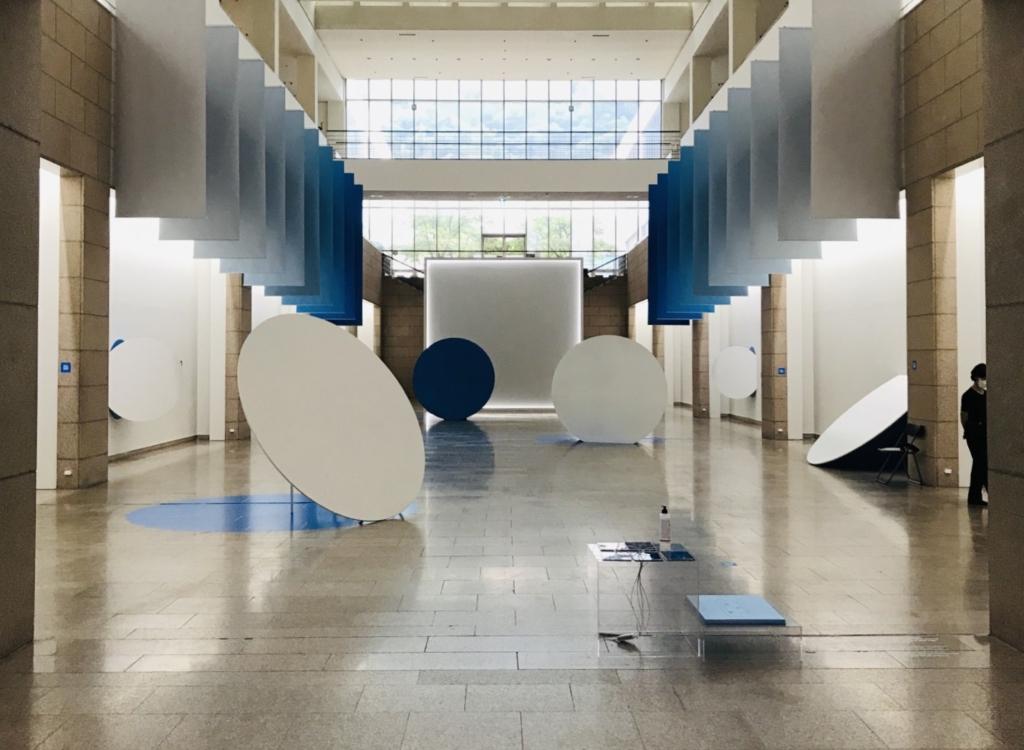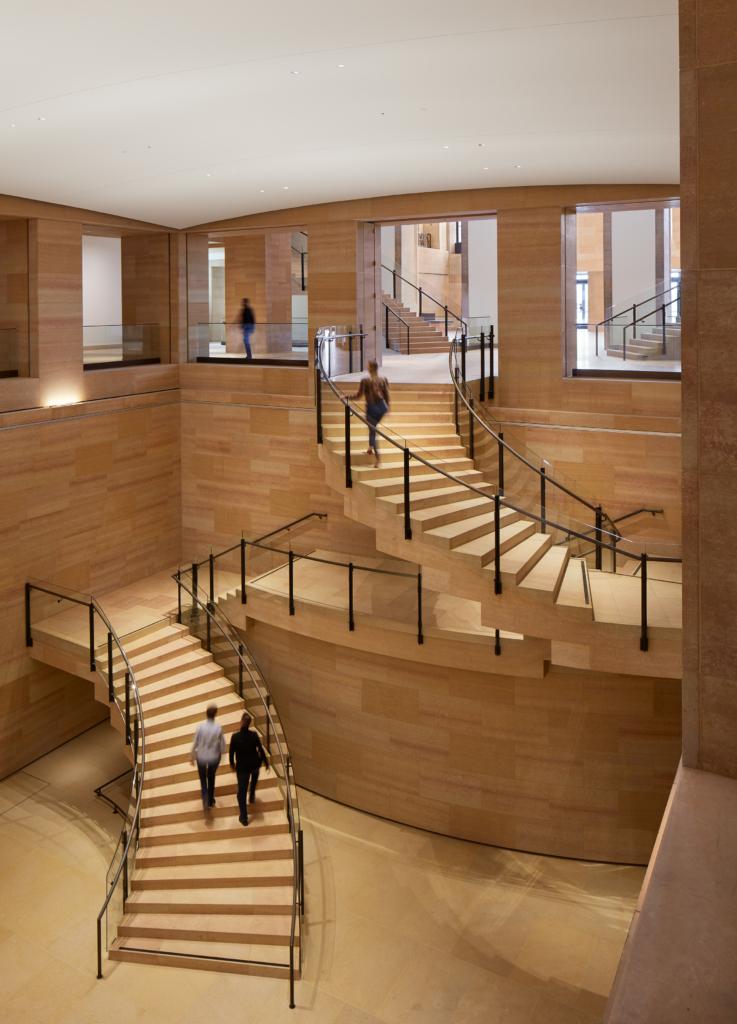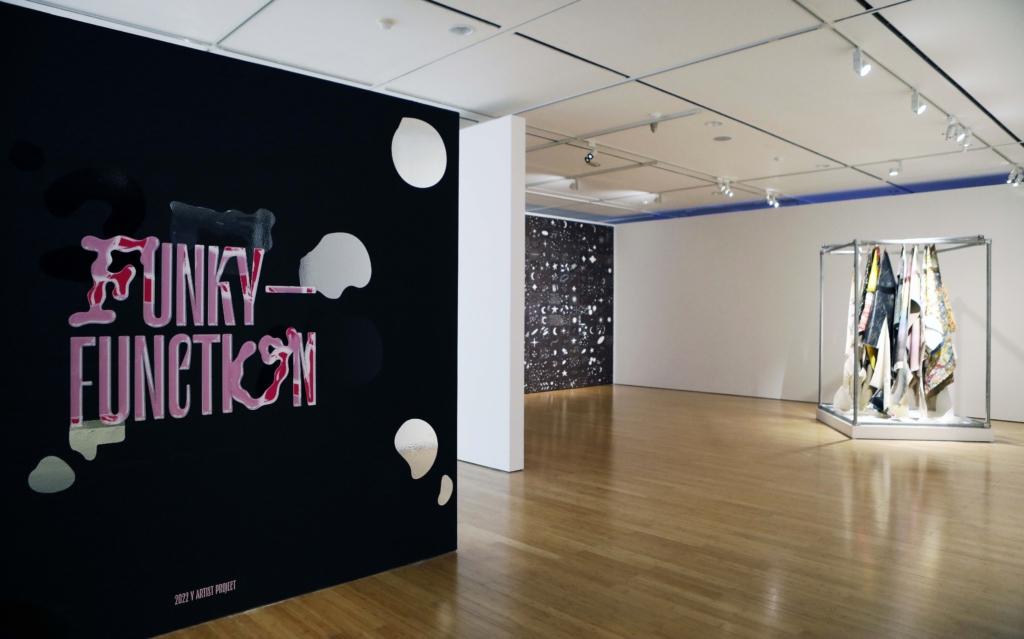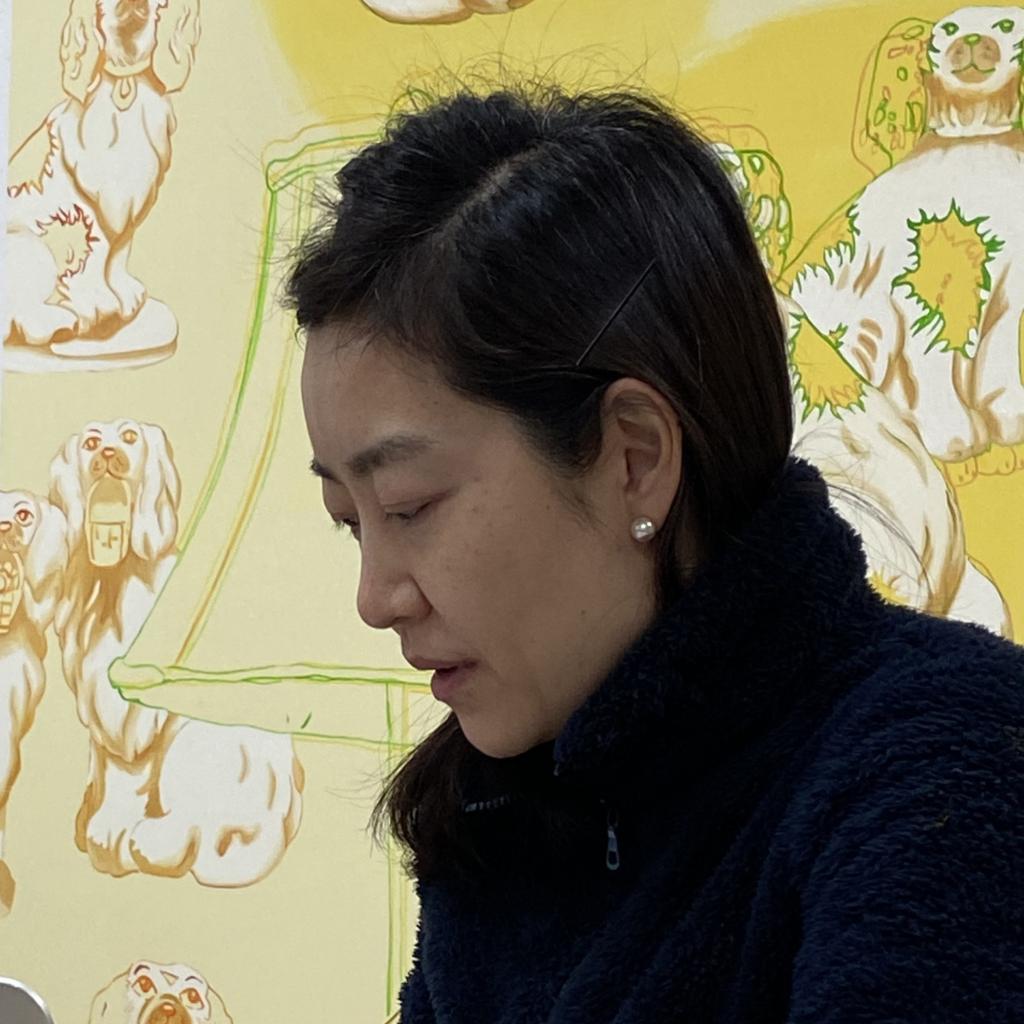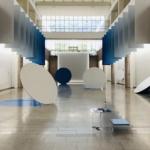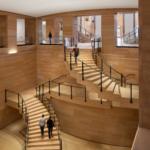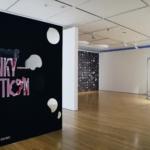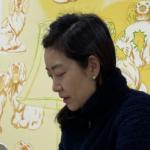"Young Korean Artists 2023" Explores the Architecture and Space of the MMCA’s Gwacheon Branch
Young Korean Artists 2023: Annotating the Museum is held at the MMCA Gwacheon from April 27 through September 10, 2023. The exhibition presents the works of 13 artists and groups who span various genres, including architects, space designers, graphic designers, photographers, and media artists, to include a more expansive and diverse perspective on the arts.
The biannual Young Korean Artists exhibition at the National Museum of Modern and Contemporary Art, Korea (MMCA) was established to discover young Korean artists. The exhibition program celebrated its 40th anniversary in 2021 and is embarking on a new journey with a renewed vision for the next 40 years.
This year’s Young Korean Artists 2023: Annotating the Museum reflects the program’s new direction. The exhibition presents the works of artists who span various genres, including architects, space designers, graphic designers, photographers, and media artists, to include a more expansive and diverse perspective on the arts.
A total of 29 artworks by 13 artists and groups, including Kim Kyoungtae, Kim Dongshin, Kim Hyunjong, Mu:p, Heechan Park, Paik Jongkwan, COM, O Hezin, Lee Dami, Chung Hyun, Jo Gyuyub, Chu Mirim, and Hwang Dongwook, will be featured at the MMCA’s Gwacheon branch until September 10, 2023.
The artistic practices of the participating artists, selected based on the recommendations of MMCA curators and external experts, aim to push the boundaries of art with artworks that encompass multiple disciplines.
The exhibition title, Annotating the Museum, was given to provide a fresh perspective on the architecture and space of the MMCA’s Gwacheon branch. The participating artists read the museum space as if it were the original text, and each artwork was interpreted in a unique manner as if exploring the museum space and annotating its various elements. These works focus on the museum’s “space,” “exhibition,” and “experience,” suggesting a new interpretation of the spatial and temporal context of the institutional space.
The MMCA Gwacheon, which opened in 1986, has been running for a long time, and plans are currently being discussed to improve its facility to better cater to the needs of visitors and accommodate the wide variety of contemporary art. Through the eyes of the artists, Annotating the Museum will look back on the museum space that has been operating for about 40 years and explore what artists, artworks, and exhibitions can achieve in the future.
In the first gallery, which is divided into three sections, the Introduction section evokes the theme of the exhibition. The Annotating Space section reviews the various architectural forms that comprise the museum’s physical space. The Annotating Exhibitions section presents works that reinterpret the exhibition format based on the museum’s records of drawings and brochures. Lastly, the Annotating Experiences section rethinks the museum experience. The second gallery presents archival materials and interviews with the participating artists to provide a better understanding of their artistic practices.
Annotating Space
Kim Kyoungtae, who works with photography, explores the experience and method of observing represented images. Serial Columns, captures the columns in Galleries 1 and 2 of the MMCA Gwacheon from a variety of perspectives and angles through photography and installations. The work can also be experienced with some of the actual columns alongside the corresponding photographs. The 18 uniform columns either overlap or stand tangentially. The artwork allows viewers to experience the various appearances of the columns as they cross each other in this perspective-driven scene.
Lee Dami, who operates the architecture studio Flora and Fauna, explores the spatial relationship between plants, animals, still life, and buildings, as well as the possibility of architectural minimalism and excess. Through Drag Museum, the artist, who has experience designing several alternative art museums, explores the identity of art museum architecture. To create new architectural possibilities that can be found in the space of the MMCA Gwacheon, the most prestigious art museum in Korea, the artist imagines what the pillars and columns of the museum should look like.
The lead architect at Atelier KHJ, Kim Hyunjong, works in a variety of fields, including installation, interior design, and architecture. Kim’s work, Expansion of the Pillar, comes in three parts: Expansion, Metamorphosis, and Deconstruction. Although pillars are crucial for supporting the building, they are commonly concealed within the walls and can be viewed as a hindrance that divides the space. The artist adds a new function to these pillars in order for them to be recognized. Expansion is a pillar that can be sat on. Metamorphosis resembles a typical pillar, but it is clad in new materials to produce different visual effects. Deconstruction utilizes unconventional materials for pillars, such as mirrors, to make the concrete pillar less recognizable.
Hwang Dongwook is an artist and designer whose works are based on architecture. Using technologies like 3D scanning, Hwang collected the museum’s spatial data in both 2D and 3D formats. Moment and Trace categorizes the collected museum space information into specific elements and reconstructs them into new media. Object/Space utilizes the space of the rotunda in the center of the MMCA Gwacheon. The work reflects how the natural light shining on the circular hall creates a changing experience in which the building, artwork, audience, and sunlight interact with each other.
COM, a design studio established by Kim Sejoong and Han Joowon, specializes in designing diverse spaces and furniture. In the Collection of Art Museum Fragments, COM shrank the Gwacheon building to a smaller size, presenting it as a diorama. Such a scale model of over 30,000 square meters of the museum grounds provides new insight into the topography and layout of the museum area.
Annotating Exhibitions
Dongshin Kim, who runs Studio Dongsinsa as a graphic designer, focuses on typography and graphic design based on books. The artist presents works using floor plans from previous exhibitions in Galleries 1 and 2 of the MMCA Gwacheon. The work entitled Map, Relief, and Human Scale traces the remains of objects once presented in the exhibition spaces. Kim reinterprets the elements from the trajectories of the line and the human scale symbols from 36 past exhibition drawings as graphics on paper and a concrete structure. The Ring, made with box tape, explores the text inscribed on the ceiling of the museum’s core ramp. Unlike exhibitions that eventually disappear, Ring explores the language, inherent order, and rules of inscribed text, which has been guarding a corner of the museum for 40 years.
The owner of Studio OYE and graphic designer O Hezin designs exhibition posters, leaflets, tickets, and captions. For the exhibition viewers, these exhibition materials are secondary information that helps viewers understand the exhibited artworks and exhibitions, but for the designer, these materials are artworks on their own. O’s exhibited artworks reorganize these pieces of information and materials into a new format to present them as new artwork.
Chung Hyun is an architect specializing in various fields, including architecture design, education, publishing, and exhibitions. Based on the images and texts from the past exhibition records of the museum, Chung rearranges and reinterprets them into installation works. The artist offers visitors the opportunity to experience the museum from the artist’s point of view. Architectural elements of the exhibition space, such as walls, floors, ceilings, lighting, facilities, and pillars, are presented in a new light, providing viewers with a different museum experience that traverses between the past and the present, the virtual and the actual, and the solemn architecture of the past and the light installation of the present.
Annotating Experiences
Paik Jongkwan is a film director and video artist who collects various archival materials to create experimental video productions. The artist aims to explore the dynamic nature of the art museum image and the way it relates to the artwork and the audience. Although the museum building does not change, the image of an art museum is never static. The artwork reflects this changing image of the museum in a new way according to the audience’s gaze and breathing. The visitor’s gaze, footsteps, and trajectory create a record that reflects the changing relationship between the visitor, the artworks, and the museum space.
Heechan Park is a designer and architect who works on projects involving architecture, industrial design, fabrication, and digital interaction. Ritual Machine examines the relationship between the architect who plans the space experience, the curator who provides the experiences with exhibitions, and the visitors who are the ones who experience the museum. This employs the principle of a marble machine to produce geometric shapes that symbolize the main architectural components of the MMCA Gwacheon.
Chu Mirim focuses on the web and urban life as contemporary user environments. Chu expresses the emotions evoked by digital space through drawings, installations, and video works. The Lamp and Ramp series consists of 15 works and videos based on satellite images of the terrain, structure, and route between the artist’s studio and the MMCA Gwacheon. Chu extracts the figure of Gwacheon from a satellite map and expresses it on paper and in video work, providing a new perspective on the contemporary environment of Gwacheon and the MMCA Gwacheon.
Jo Gyuyub is a space and furniture designer who explores the possibilities of objects and places by utilizing commonly found materials and simple structures. Various topography and features create dynamic lines of movement, generating various movements, directions, and speeds within a landscape. Jo imagined the movement of people in the museum through the Floor Parts. The artist created installations to generate new movements within the exhibition space. Although the installations do not have a specific function, they offer viewers a chance to engage with the space in unique ways.
Mu:p is a collective formed by Cho Hyeongjun and Son Minsun, whose works are based on choreography and architecture. The duo works on exploring the space created by arranging the body and objects in a specific place, the movement of the body, and various phenomena. A Blast Furnace for Initiation focuses on the Y-shaped staircase seen from the entrance of MMCA Gwacheon. This staircase serves as the backbone of the museum but has lost its function as it is no longer used. Mu:p has installed three works at the top of the staircase to invite visitors to experience the divine energy of the museum as they traverse a long steel plate that runs from the entrance to the stairs.
Aproject Company. Co., Ltd | Founder & CEO : Jay Jongho Kim
216 Dosan-Daero, B2F, Gangnam-gu, 06047 Seoul, Korea
Business Number : 894-88-01945
Contact : aproject.company@gmail.com
Mail-order-sales registration number : 제 2021-서울강남-04243 호
































